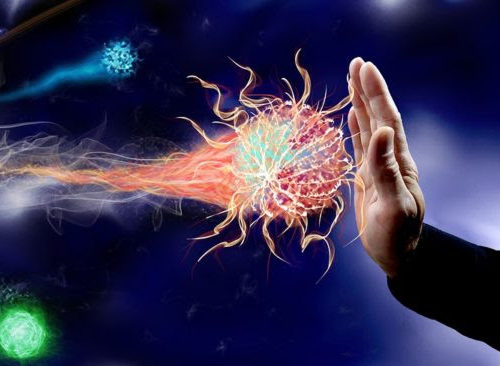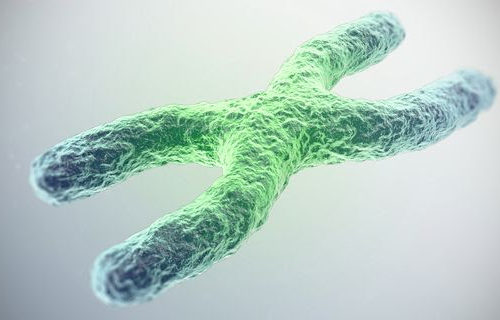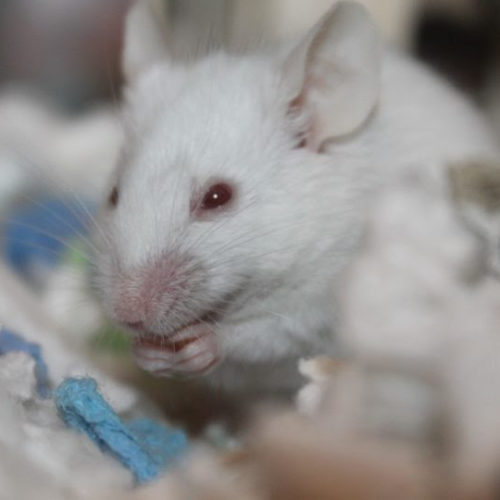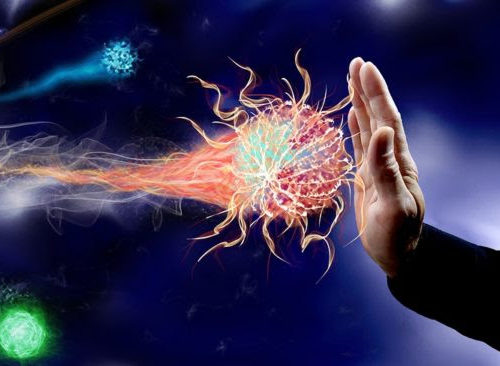UNIVERSITY OF EXETER Drinking beetroot juice promotes a mix of mouth bacteria associated with healthier blood vessels and brain function, according to a new study of people aged 70-80. Beetroot – and other foods including lettuce, spinach and celery – are rich in inorganic nitrate, and many oral bacteria play a role in turning nitrate...
Category: <span>Anti-aging</span>
GlyNAC improves multiple defects in aging to boost strength and cognition in older humans
BAYLOR COLLEGE OF MEDICINE A pilot human clinical trial conducted by researchers at Baylor College of Medicine reveals that supplementation with GlyNAC – a combination of glycine and N-acetylcysteine as precursors of the natural antioxidant glutathione – could improve many age-associated defects in older humans to improve muscle strength and cognition, and promote healthy aging. Published in...
Age-Associated B Cells in Immunosenescence
The immune system becomes disordered and dysfunctional with age in numerous different ways. The B cell component accumulates inflammatory and problematic cells that are known as age-associated B cells. Here, researchers show that these errant B cells produce antibodies that provoke autoimmunity. B cell aging is a problem with a solution demonstrated in animal models: just destroy all B cells. Mammals can get by without B...
The Lancet: Study finds COVID-19 reinfections are rare, more common for those above age 65
THE LANCET Prior infection with COVID-19 protects most people against reinfection, with 0.65% of patients returning a positive PCR test twice during Denmark’s first and second waves, compared with 3.27% of people who tested positive after initially being negative. People over the age of 65 are at greater risk of catching COVID-19 again, with only...
Study: 94% of older adults prescribed drugs that raise risk of falling
UNIVERSITY AT BUFFALO BUFFALO, N.Y. – Nearly every older adult was prescribed a prescription drug that increased their risk of falling in 2017, according to new University at Buffalo research. The study found that the percentage of adults 65 and older who were prescribed a fall- risk-increasing drug climbed to 94% in 2017, a significant...
FOXO1 Influences Proteosomal Function via Regulation of the Expression of a Proteasome Subunit
The proteasome is a complex structure in the cell that is responsible for breaking down unwanted proteins. Like other recycling processes, proteasomal function is connected to life span in short-lived species. Better cell maintenance in response to stress and damage improves cell function, organ function, and longevity. The proteasome is made up of many different...
It Sure Looks Like Humans Have Found a Way to Reverse Aging
BY TIM CHILDERS NOV 19, 2020 GETTY IMAGES A landmark study shows the reversal of biological aging in humans. The researchers used oxygen therapy in a pressurized chamber to reverse aging in two key biological clocks. The study showed lengthening in the telomeres of chromosomes and a decrease in cells known to cause aging. The cure for aging has long...
Arguing the Direction of Causation in Atherosclerosis and Clonal Hematopoiesis
A major challenge in the study of aging and age-related disease is establishing the direction of causation. A great many mechanisms of aging are known, but it is difficult to firmly establish the relationships between them. The body is made up of many interacting systems, and changes in any one system tend affect the others, directly or...
Piperlongumine Reduces Aortic Calcification in Mice
Piperlongumine, an extract of long peppers, was shown to be senolytic a few years ago. The compound is capable of selectively destroying senescent cells by sensitizing them to oxidative damage, provoking apoptosis. The accumulation of senescent cells is one of the causes of aging, and means of clearance are thus potentially valuable. For those considering introducing more long...
On the Aging Adaptive Immune System
An interesting fact about the adaptive immune system: the number of T cells in the body remains much the same across the entire lifespan, even after the supply of new T cells all but ceases in middle age. T cells are created as thymocytes by hematopoietic cells in the bone marrow, and then mature in...






